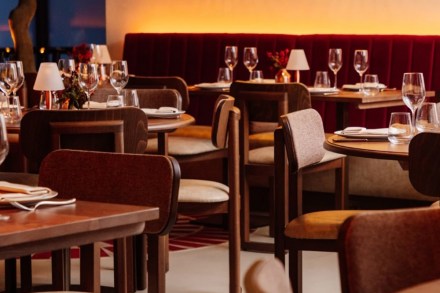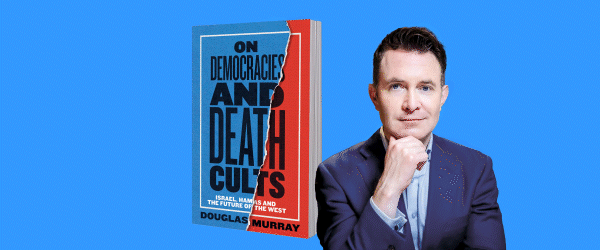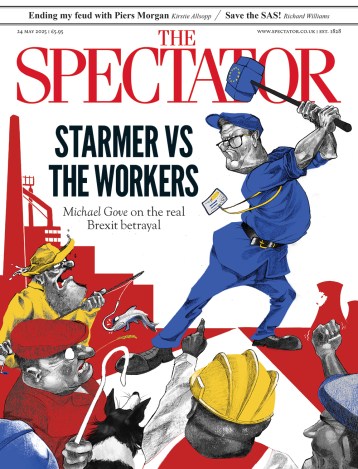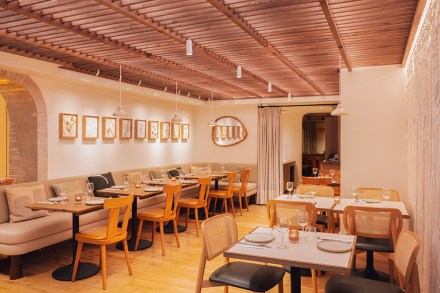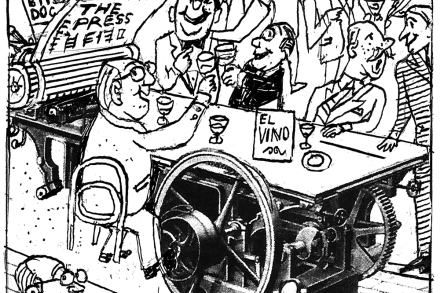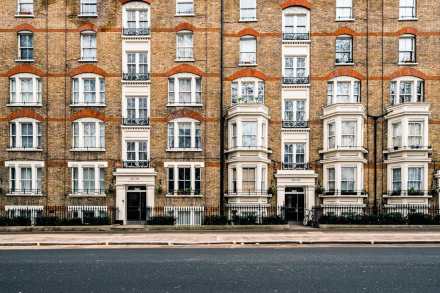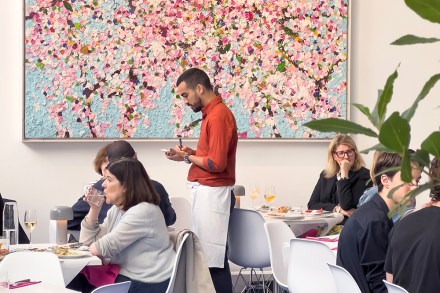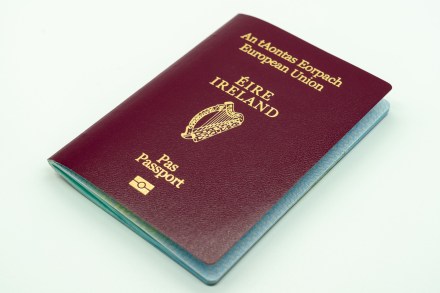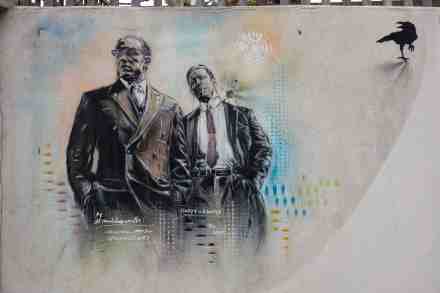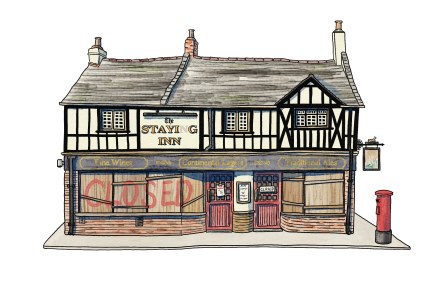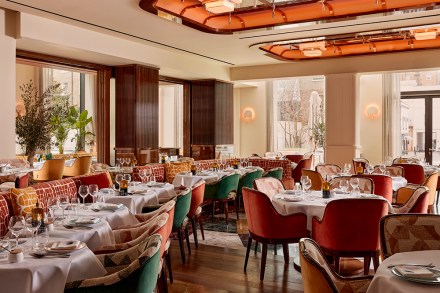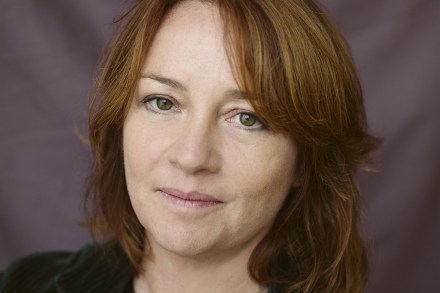Food that’s both serious and serene: Babbo reviewed
After a week in which Israel triumphed at the Eurovision Song Contest with second place – western Europe is for them, eastern Europe slightly less so (plus ça change) – I review Babbo, the new neighbourhood restaurant in St John’s Wood. Restaurants tend to drift in, settle and drift onwards here. The Victorians knew it as a land of mistresses and smut; now it is a world of private hospitals, bad parking and MCC members, who seem bewildered by it all, as if Lord’s landed like a spaceship in an alien land. Only Oslo Court seems impregnable, because it manifests Jewish solidity – it is disguised as the home of
